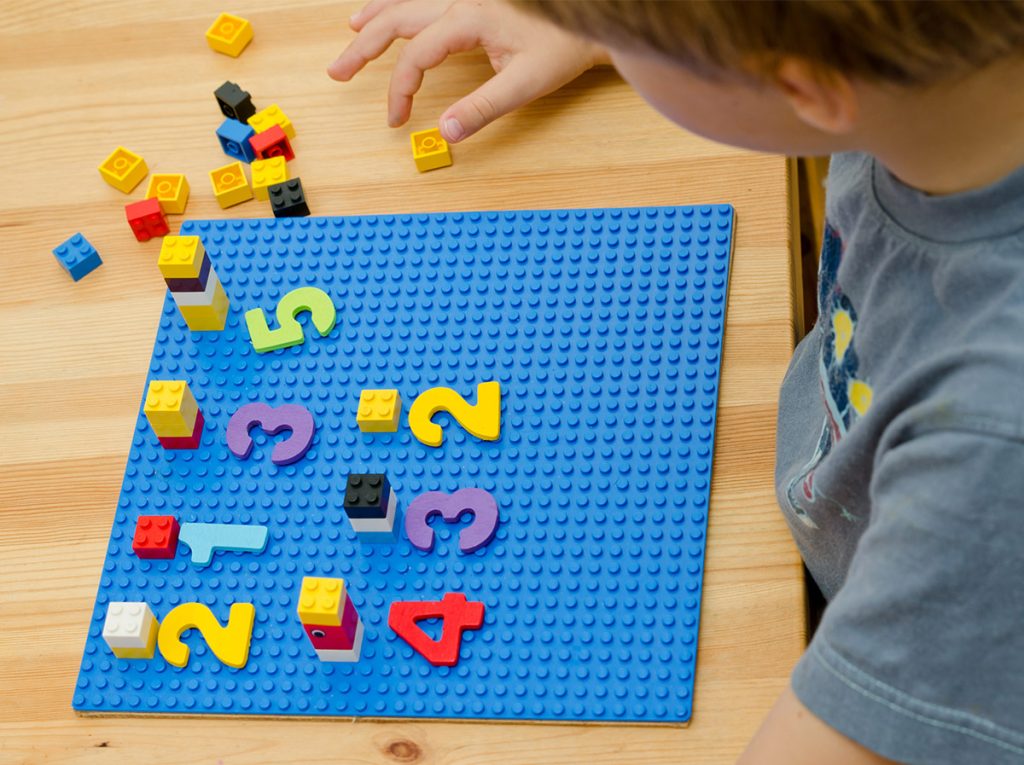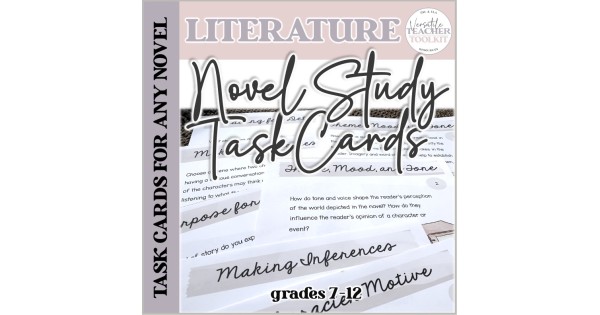Jeanne Sager is an accomplished author and a prominent personality in the education world. In a recent article on Teach Starter’s blog, she shares her insights and experiences as an author.
As an author, Jeanne Sager has written numerous books, including children’s books, young adult novels, and non-fiction works. She is known for her captivating storytelling and ability to connect with her readers. Her passion for writing shines through in all her works, making her a beloved author among children, teenagers, and adults alike.
In the article, Sager talks about her journey to becoming an author and how she found her voice in writing. She emphasizes the importance of perseverance and staying true to oneself when pursuing a career in the literary world. Sager also shares valuable advice for aspiring authors, offering guidance on finding inspiration, developing characters, and perfecting the art of storytelling.
Throughout her career, Jeanne Sager has received recognition for her exceptional writing skills. Her books have received critical acclaim and have been nominated for various literary awards. This recognition further solidifies her status as a renowned author in the industry.
In addition to her writing, Sager is an active advocate for literacy and education. She believes in the power of books to inspire and educate, and she continues to promote reading among children and adults alike. Through her work, she encourages individuals to explore their imagination and find solace in the pages of a good book.
In conclusion, Jeanne Sager is a talented author who has left an indelible mark on the literary world. Her passion for writing, dedication to her craft, and commitment to promoting literacy make her a highly respected figure among readers and fellow authors.






